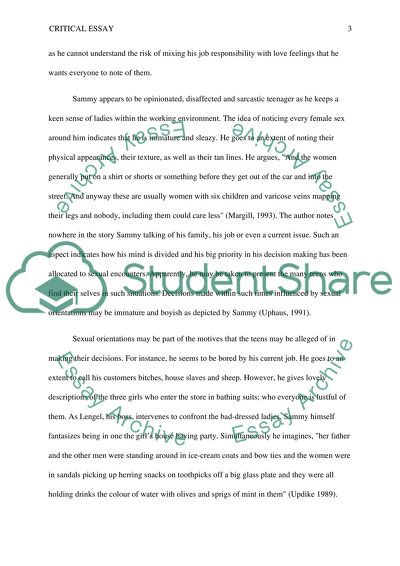Cite this document
(“The transition of the teens to the adulthood Essay - 1”, n.d.)
The transition of the teens to the adulthood Essay - 1. Retrieved from https://studentshare.org/sociology/1697149-critical-essay
The transition of the teens to the adulthood Essay - 1. Retrieved from https://studentshare.org/sociology/1697149-critical-essay
(The Transition of the Teens to the Adulthood Essay - 1)
The Transition of the Teens to the Adulthood Essay - 1. https://studentshare.org/sociology/1697149-critical-essay.
The Transition of the Teens to the Adulthood Essay - 1. https://studentshare.org/sociology/1697149-critical-essay.
“The Transition of the Teens to the Adulthood Essay - 1”, n.d. https://studentshare.org/sociology/1697149-critical-essay.


